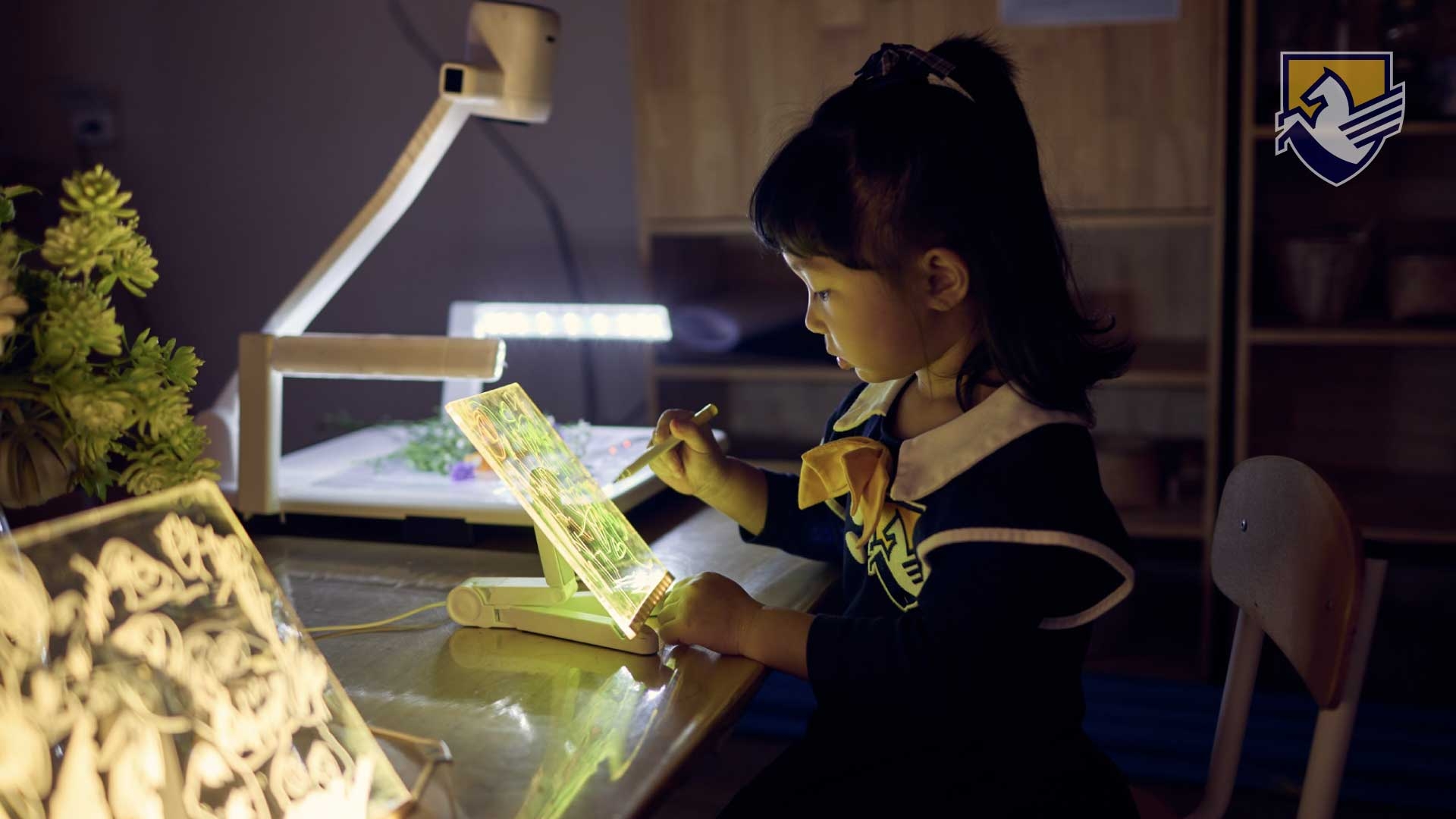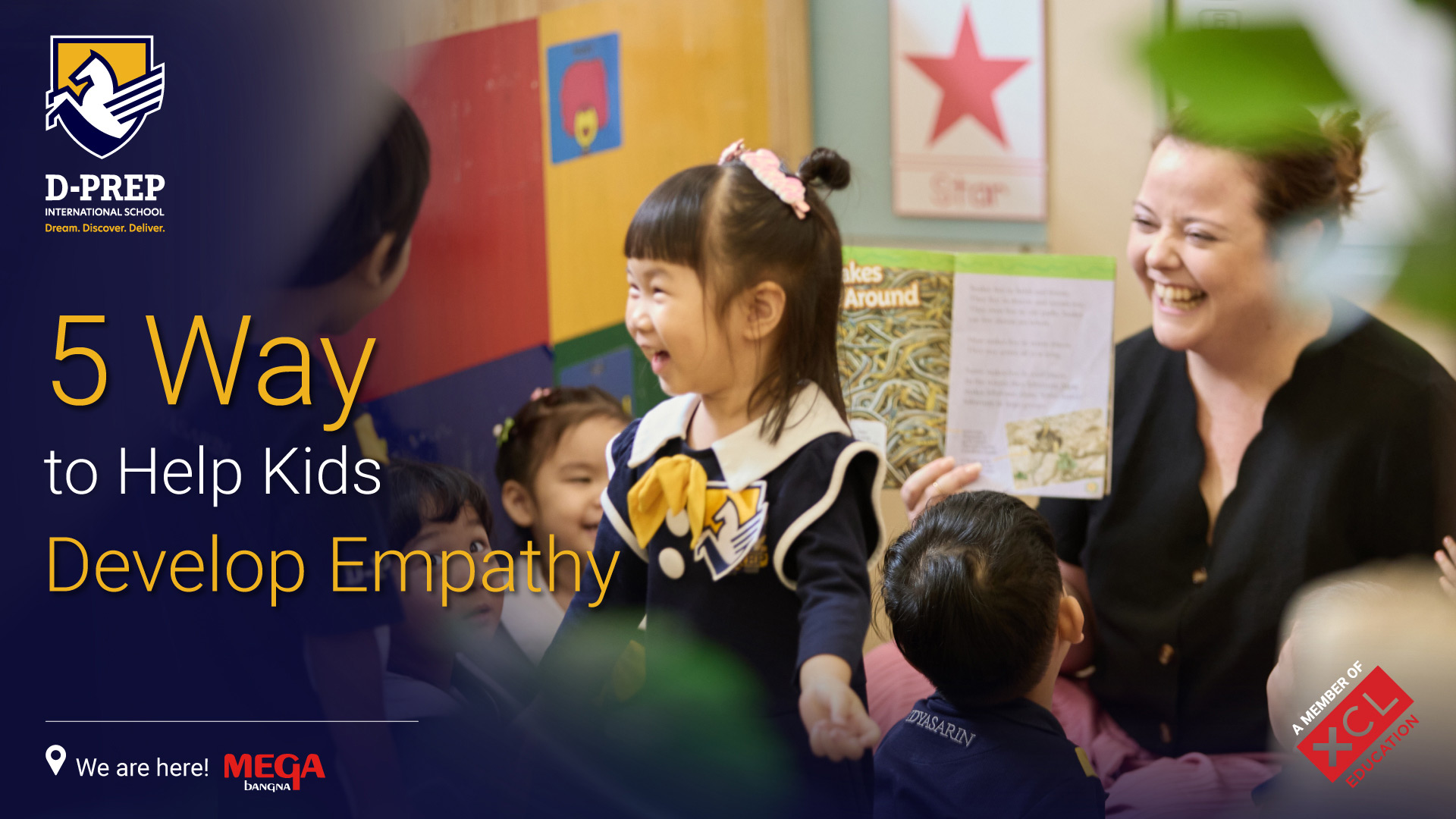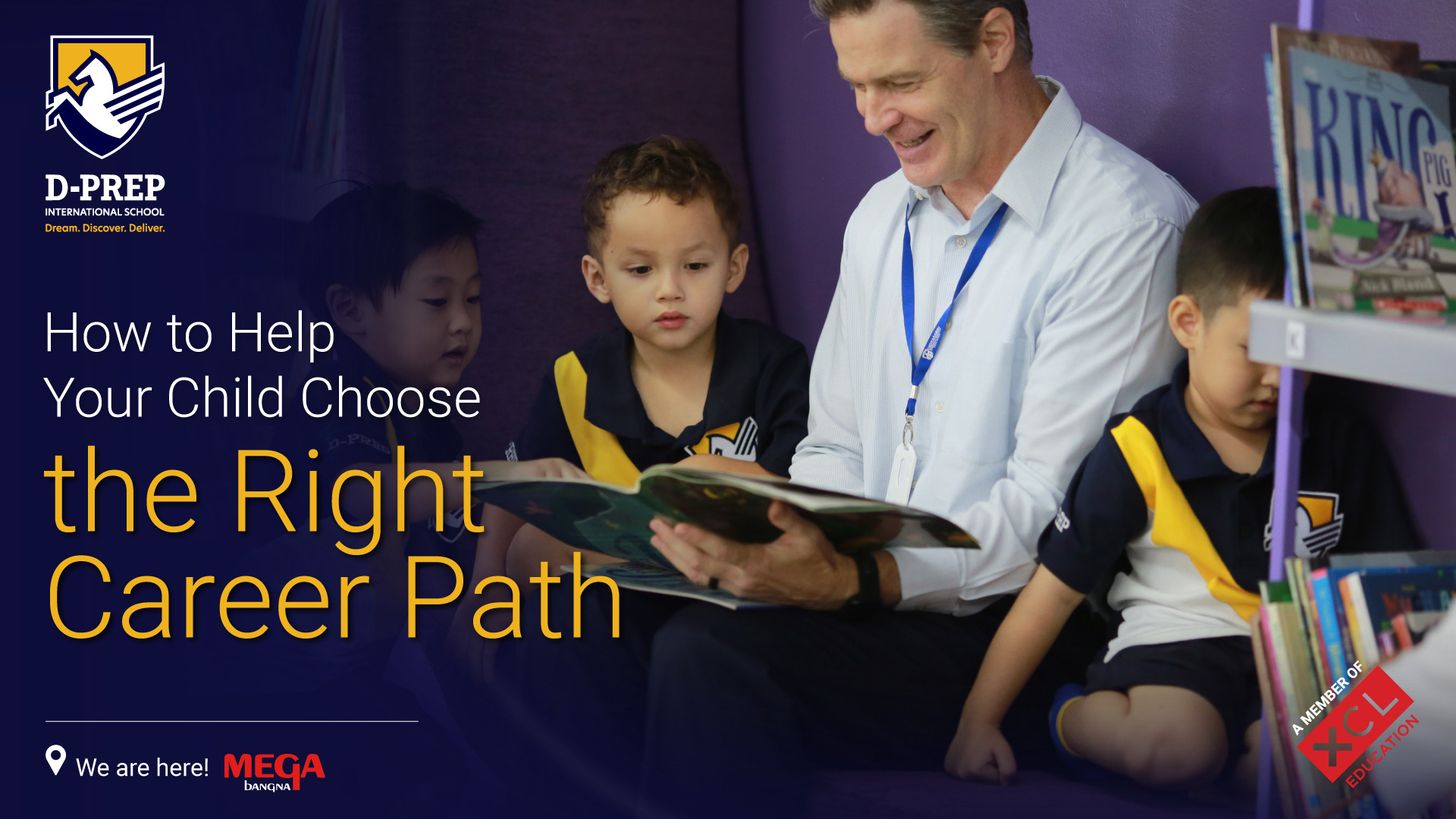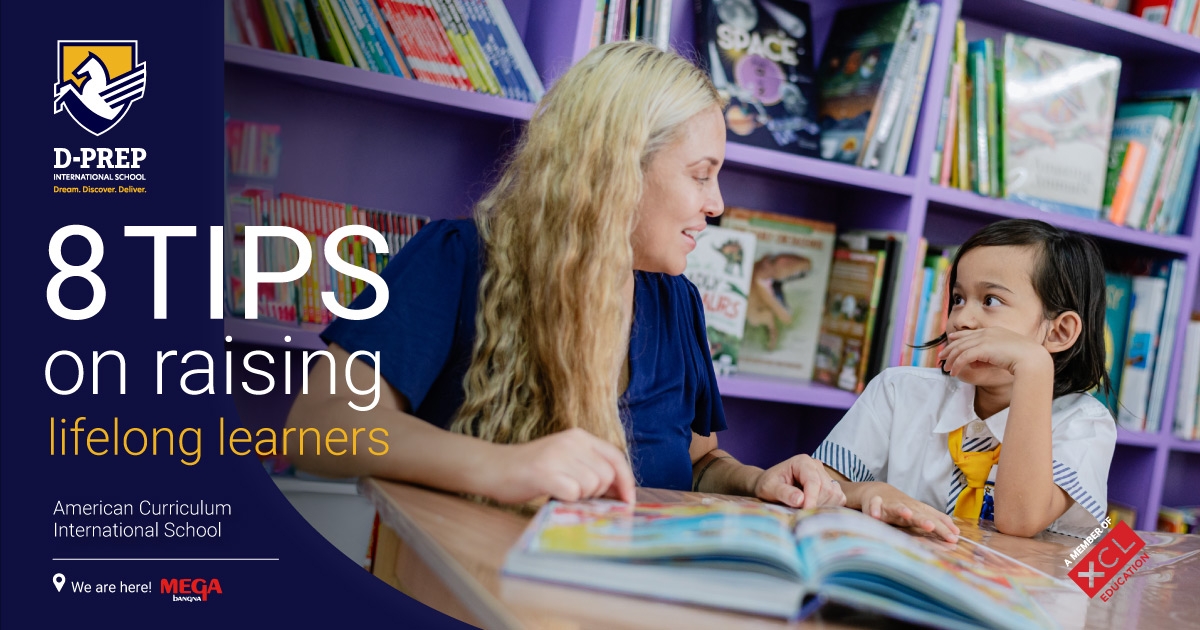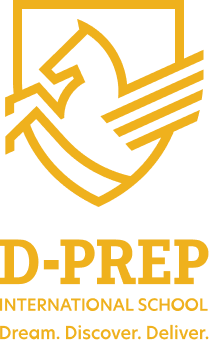In an era of evolving technology, globalization, and a constantly changing job market, the traditional one-size-fits-all approach to learning no longer works. A shift toward student-centered learning is crucial to prepare students for success in the 21st century.
What is Student-Centered Learning?
Students-centered learning is an educational approach that puts learners at the forefront of their education. It acknowledges that each student is unique, with their own unique learning styles, strengths, and interests. Unlike the traditional teacher-led approach, student-centered learning empowers students to use higher-order thinking skills and take ownership of their learning. Furthermore, teachers act as facilitators and guides instead of being the only source of answers.
Importance of Student-Centered Learning in the 21st Century

In the 21st century, the world is characterized by rapid technological advancements, automation, and a globalized workforce. To succeed in this environment, students cannot rely on rote memorization. Rather, they need skills like creativity, adaptability, communication, and the ability to work in diverse teams. Student-centered learning fosters these skills as it promotes growth and empowers students to set goals, manage their time, and take responsibility for their education.
Another reason this approach is important is that it enhances critical thinking. When students fully own their learning, they learn to analyze information, evaluate sources, and think critically about complex issues. Furthermore, student-centered learning also allows students to work together on projects, which helps build collaborative skills necessary for the modern workplace.
Teacher-centered vs. Student-centered Learning
Although both teacher-centered and student-centered approaches have the same goal of educating learners, they differ in their teaching styles.
In a traditional teacher-centered classroom, the teacher is the central figure, delivering lectures and disseminating information to passive students. In contrast, student-centered learning gives learners ownership of their learning. They actively engage with the content and have a say in their learning path.
When it comes to learning outcomes, student-centered learning emphasizes deeper understanding, critical thinking, and problem-solving skills. Teacher-centered learning, on the other hand, often prioritizes memorization and standardized testing.
Role of Teachers in a Student-Centered Classroom
Teachers play a crucial role in student-centered learning environments. They:
- Create a supportive and inclusive learning environment.
- Design engaging and relevant learning experiences.
- Individualize instruction to meet diverse student needs.
- Offer guidance, feedback, and encouragement.
- Foster a love for lifelong learning.
- Assess progress and adjust teaching strategies accordingly.
Advantages and Disadvantages of Student-Centered Learning
Advantages:
- Develops critical thinking and problem-solving skills
- Encourages self-motivation and ownership of learning
- Supports individualized learning, catering to diverse student needs
- Fosters collaboration and communication skills
- Prepares students for the evolving job market
Disadvantages
- Requires more planning and resources from educators
- A noisier and more chaotic learning space
- Some students may struggle with self-directed learning
- Uneven distribution of knowledge among students in the same class
- Assessment methods may need to be adapted
How D-PREP Applies Student-Centered Learning in Class

At D-PREP International School, the commitment to student-centered learning is deeply ingrained in our educational philosophy. We recognize that implementing this approach starts with equipping our educators with the necessary tools at techniques. To ensure this, we invest significantly in our teachers’ professional development programs. These programs empower teachers to understand the principles of student-centered learning and adapt their teaching methods to meet the diverse needs and interests of the students.
In our early years department, we go beyond conventional classroom setups by creating flexible learning spaces designed to promote collaboration and active engagement. These dynamic spaces are called “centers,” and they adapt to the specific learning objectives of each class. By integrating these versatile learning environments, we enhance the students’ learning experience, which helps them foster a deeper understanding of their learning.
Student-centered learning at D-PREP extends beyond the classroom walls. Last school year, our middle school students created an official D-PREP NGO called Fresh Hope Foundation, which helps the homeless in Thailand. This NGO was inspired by the middle school’s volunteering activity with Bangkok Community Help, where they assisted the homeless. This hands-on experience encouraged them to design and implement projects for the Fresh Hope Foundation, such as organizing events, crafting designs and logos, and more.
In addition to these initiatives, D-PREP embraces the concept of student-driven clubs. While teachers provide guidance, students have the autonomy to create their own clubs, taking on the majority of the responsibilities. This approach nurtures leadership and organizational skills while allowing students to explore and interest outside the curriculum.
D-PREP International School’s commitment to student-centered learning permeates every facet of the educational framework, ensuring students are well-prepared for the 21st century, marked by adaptability, critical thinking, and a lifelong love of learning.
If you are interested in visiting the school, please contact
Address :
D-PREP International School
38, 38/1-3, 39, Moo 6,
Bangna Trad Rd., Km. 8,
Bang Kaeo, Bang Phli District,
Samut Prakan, Thailand 10540
Email: info@lady
Google Map: https://info.dprep.ac.th/directions
Tel: 02-105-1757, 082-1515922
Website : www.dprep.ac.th
Facebook: DprepSchool
Line: @d-prep
IG : @dprepschool

